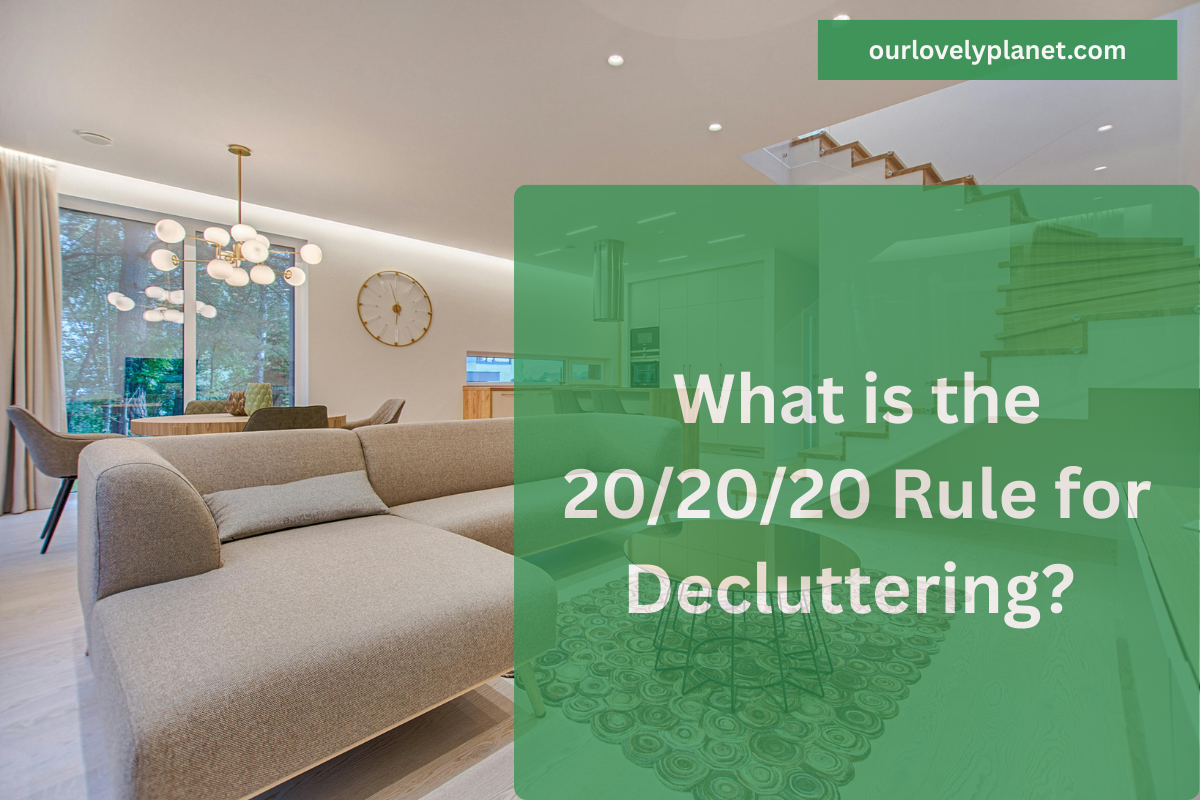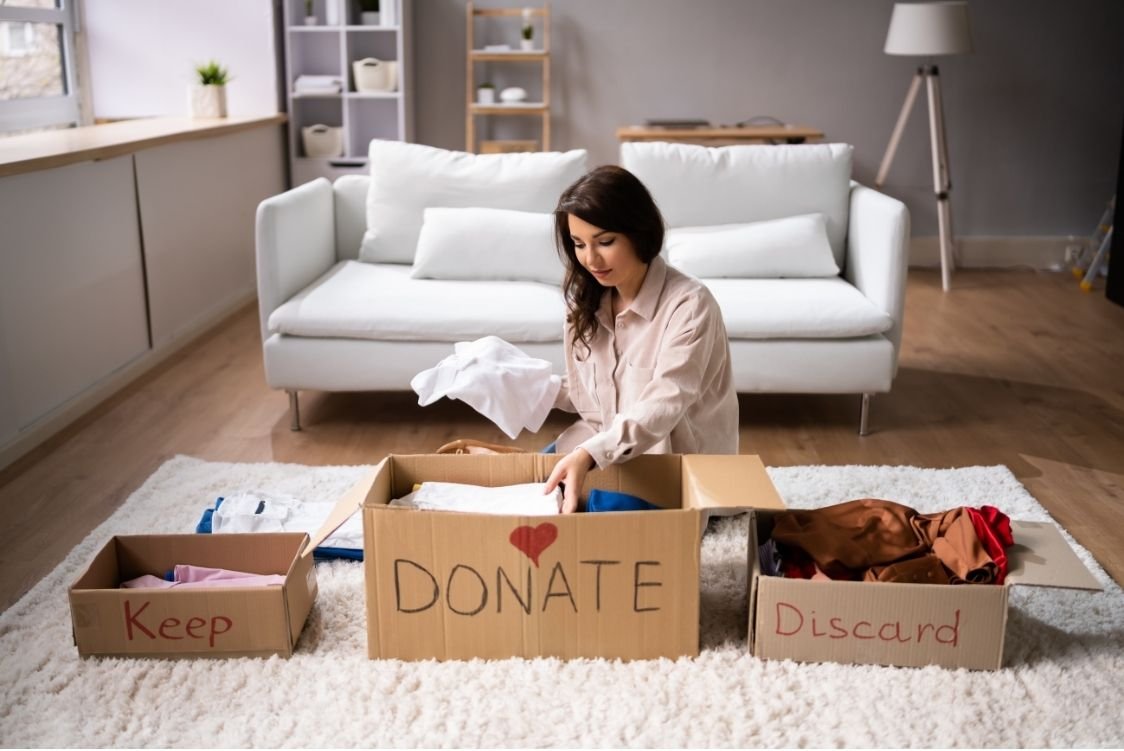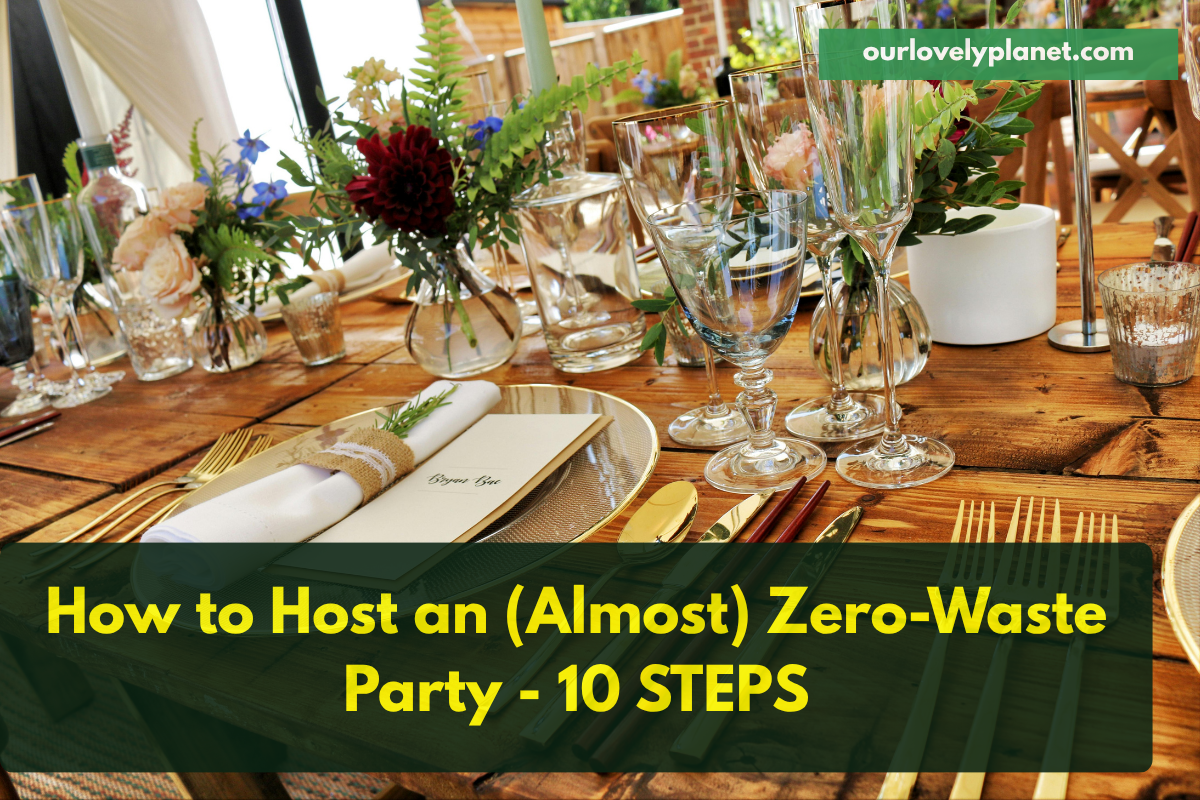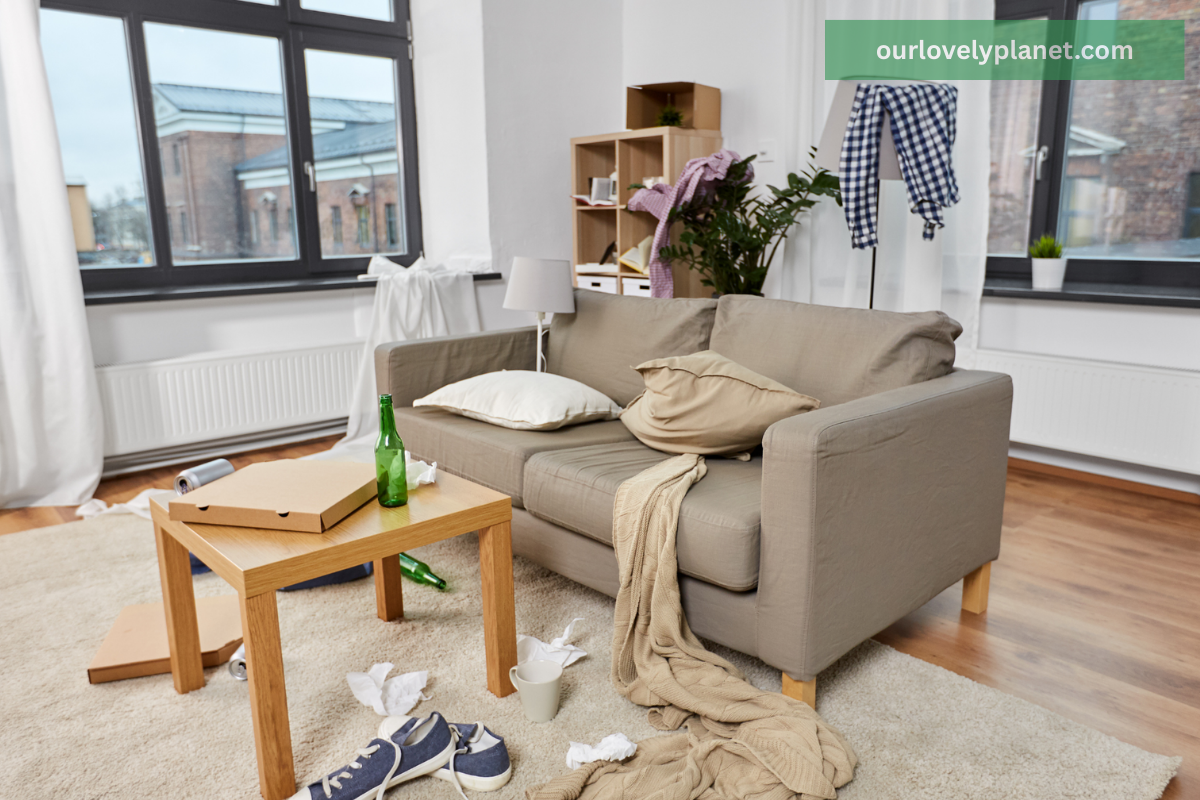Let’s be real. Decluttering can feel like emotional gymnastics. You open a drawer, pick up something random like a tangled charger or a half-burned candle, and boom—you’re hit with a wave of “But what if I need this later?” and “Ugh, where do I even start?”
I’ve been there. In fact, more than once. Which is why I fell in love with the 20/20/20 rule. It’s simple. It’s gentle. And it helps you let go without the guilt.
So, What’s the 20/20/20 Rule?
The 20/20/20 rule was popularized by The Minimalists, and here’s how it works:
If something can be replaced for less than 20 dollars and in less than 20 minutes from your current location, you can probably let it go.
It’s that straightforward. And honestly, it saved me from spiraling over things like duplicate spatulas, random cords I couldn’t identify, and that ugly-but-useful mug from my college days.
This rule is especially helpful for the dreaded “just in case” clutter. You know, the things we hold onto because we might need them someday. The reality? Most of those items never get used again.
How I Use It Without Overthinking
Here’s how I personally use the 20/20/20 rule when I declutter—usually with coffee in hand and something chill playing in the background.
- Pick a drawer or shelf. No pressure to do the whole room.
- For each item, I ask:
- Could I replace this for under 20 bucks?
- Could I find it in under 20 minutes if I needed it again?
If both answers are yes, out it goes.
For example, I used to keep every extra phone charger, even ones with frayed ends. They lived in a box in the closet for years, just collecting dust. But one day, I realized I could get a new charger for $12 at the store down the street. So I recycled the old ones and instantly felt lighter.
Why This Rule Feels So Freeing
Letting go is hard. We’re wired to hold onto stuff, and studies back this up — 54% of people keep things they don’t use because they might need them one day, according to the National Association of Productivity & Organizing Professionals.
The 20/20/20 rule shifts that mindset. It says, “You don’t need to hoard for safety. You live in a world where most things are accessible and replaceable.”
And let’s be honest. Less stuff means less to clean, sort, and stress about. For me, it also means fewer visual reminders of things I never got around to fixing, using, or dealing with.

Other Decluttering Rules That Are Also Pretty Genius
Some days, 20/20/20 is all I need. Other times, I mix it up with different rules depending on how I’m feeling. Here are a few more worth trying:
- The 90/90 Rule
Ask: “Have I used this in the past 90 days? Will I in the next 90?” If not, it’s probably just collecting dust. - The One-Year Rule
Classic and straightforward. If it hasn’t been used in a year, chances are it’s not essential. - The One In, One Out Rule
Every new item that enters your space means one has to leave. It’s a great rule for keeping clutter from creeping back in, because some day, the clutter you now see in your home came in as an exciting buy. - The 10/10/10 Rule
Make 10 decisions, toss 10 things, and donate 10 things. It’s like a mini challenge with instant results. - The 12-12-12 Rule
Find 12 items to throw away, 12 to donate, and 12 to put back where they belong. It’s fun, simple, and even kind of satisfying. I use this one when I want to involve the whole family—everyone loves turning it into a game. - The Four-Box Method
Label four boxes: Keep, Donate, Trash, Relocate. It’s super helpful for full-room overhauls where everything needs to be re-evaluated.
Here’s the updated cheat sheet:
| Rule | Best For | Emotional Load |
| 20/20/20 | Everyday clutter, logical decisions | Low |
| 90/90 | Functional stuff like tech, clothes | Medium |
| One-Year | Deep purges, sentimental items | High |
| One In, One Out | Maintenance | Low |
| 10/10/10 | Quick resets, motivation boosts | Low |
| 12-12-12 | Group decluttering, fun challenges | Low |
| Four-Box | Full space makeovers | Medium |
What About the Stuff That Doesn’t Fit the Rule?
Sometimes you hit something that just doesn’t apply. A gift from your grandmother. A letter from a hard season. Your kid’s first onesie.
This is where I pause and ask a few questions:
- Is this item bringing me peace or stress?
- Am I keeping this out of guilt?
- Would I feel lighter if I let it go?
For these kinds of items, I slow down. Sometimes I’ll take a photo before parting with it. Other times I keep it, but move it to a memory box instead of letting it clutter my everyday space.
The 20/20/20 rule isn’t about being cold or detached. It’s about being intentional. You can combine it with other rules on our list for effective decluttering. And, of course, feel free to check out 20 Things Making Your House Look Cluttered: Decluttering Tips for more decluttering insights.
What is the 333 Decluttering Method?
The 333 decluttering method is often confused with decluttering, but it’s actually part of a minimalist fashion challenge called Project 333, which was created by Courtney Carver.

Here’s the gist:
You choose 33 items to wear for 3 months.
That includes clothing, shoes, jewelry, and accessories; everything except underwear, loungewear, workout clothes (that you actually work out in), and sleepwear.
So while it’s not a full-home decluttering method, it’s a powerful tool for simplifying your wardrobe, which for many of us is one of the hardest spaces to tackle.
Here’s how it helps with decluttering:
- It forces you to confront your clothing excess.
Most people wear only 20% of their wardrobe 80% of the time. Project 333 shows you what you actually wear and love. - It eliminates decision fatigue.
Fewer options mean quicker mornings and less stress. - It sparks broader minimalist habits.
A lot of people start with their closet and end up simplifying their entire home.
Personally, trying Project 333 made me realize I was keeping clothes for a fantasy version of myself. You know, the “I’ll wear this if I ever go to a cool rooftop party” version. Spoiler: I never wore it. Letting those items go gave me permission to show up as who I actually am.
Final Thoughts: This Rule Isn’t Just About Stuff
Here’s the thing. Decluttering isn’t only about getting rid of things. It’s about choosing freedom over fear. Trusting that you’ll be okay without the tenth pair of scissors. Believing that you don’t need to hold on to every “just in case.”
A UCLA study found that cluttered homes raised cortisol levels, especially in women. In plain terms, clutter causes stress. And clearing it out can bring serious peace.
So next time you’re standing over a junk drawer or a closet that makes you want to scream, try the 20/20/20 rule. It’s gentle, it’s smart, and it helps you move forward.
And maybe, just maybe, it’ll help you breathe a little easier too.



